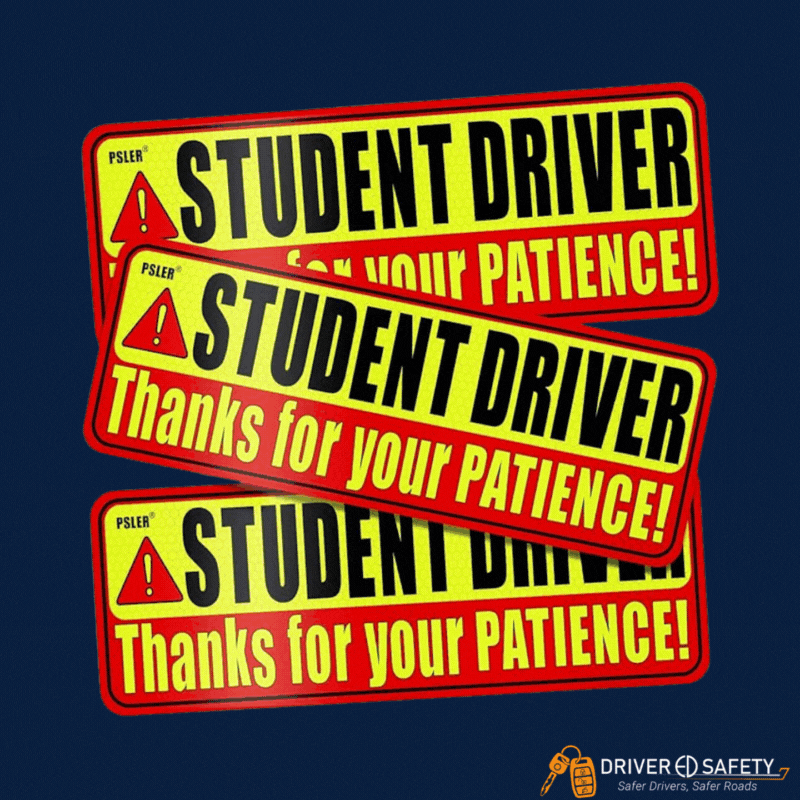
It seems like there are never enough hours in the day. Before we know it, night has fallen, and we’re ready to hit the hay. But while we may feel tired by the time we’re done with work for the day, there’s never a reason to drive drowsy. Getting behind the wheel when you’re too tired means slower reaction times and an increased chance of an accident. It’s always best practice to prevent drowsy driving in the first place. Check out our tips for staying safe behind the wheel, even when feeling fatigued.
1. Watch for the Signs of Drowsy Driving
The National Sleep Foundation reports that 6,400 deaths occur in the U.S. as a result of drowsy driving. That number is staggering and reminds us of the importance of recognizing drowsy driving when it happens. If you notice any of the following signs, it’s best to pull over or never get behind the wheel at all:
- Restlessness and irritability
- Inability to focus on the road
- Drifting from lane to lane
- Hitting rumble strips on the sides of the road
- Difficulty keeping your head up
- Missing turns
- Inability to remember the last few minutes
2. Be Aware of Daylight Savings Time
In the days after a time change, it’s doubly important to watch for drowsy driving. Many people are dealing with an irregular sleep schedule as they get used to the time change, making fatigue while driving all the more common. Make sure you’re prepared for Daylight Savings Time and plan for a little extra sleep on the night of.
3. Don’t Skimp on Sleep
This one may seem obvious, but we’ve all had days when we just didn’t get enough sleep. Do your best to keep a regular sleep schedule and insist on eight hours every night. You’ll be more alert while driving—not to mention be better able to go about your other responsibilities.
4. Avoid Medications that Cause Tiredness
There are certain medications that can cause tiredness. If you have just taken a fatigue-inducing medicine, put off getting behind the wheel. Even if you feel fine, you’re always better safe than sorry!
5. Have a Plan for Long Trips
Have a road trip in the works? Make sure to plan ahead when it comes to who’s driving and for how long. Consider rotating drivers or making nightly stops to get plenty of rest. Avoiding unnecessary risks by getting enough sleep will make the road trip more fun for everyone!
6. Know Who to Call If You’re Too Tired to Drive
Sometimes drowsiness can’t be avoided. You’ve had a long day and not much time for rest. But just because your fatigue was unavoidable, it doesn’t mean driving is a good idea. We recommend having a plan in place if you’re ever too tired to drive. Call a friend or family member to pick you up, or download a ridesharing app to get you from point A to point B.
Stay Safe on the Road with Our Driver Education Program
Driving drowsy is never the answer, especially as Drowsy Driving Prevention Week is upon us (November 6-13). In observance of this occasion, be sure to check yourself for signs of tiredness and fatigue behind the wheel. Staying vigilant could save you, and everyone else, a lot of hurt in the long run! Explore CIESC’s Driver Ed Safety for more ways to keep safe on the road.






